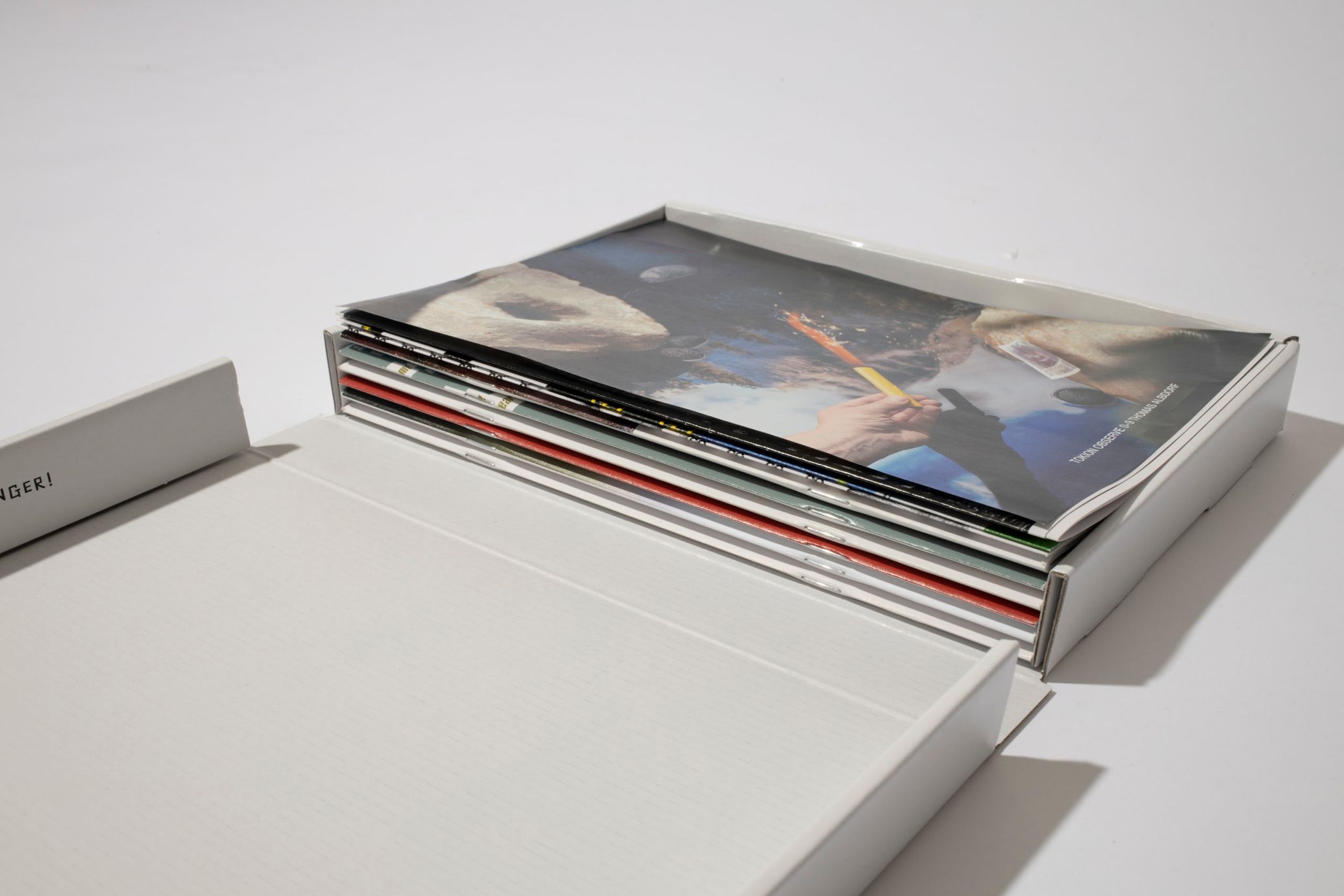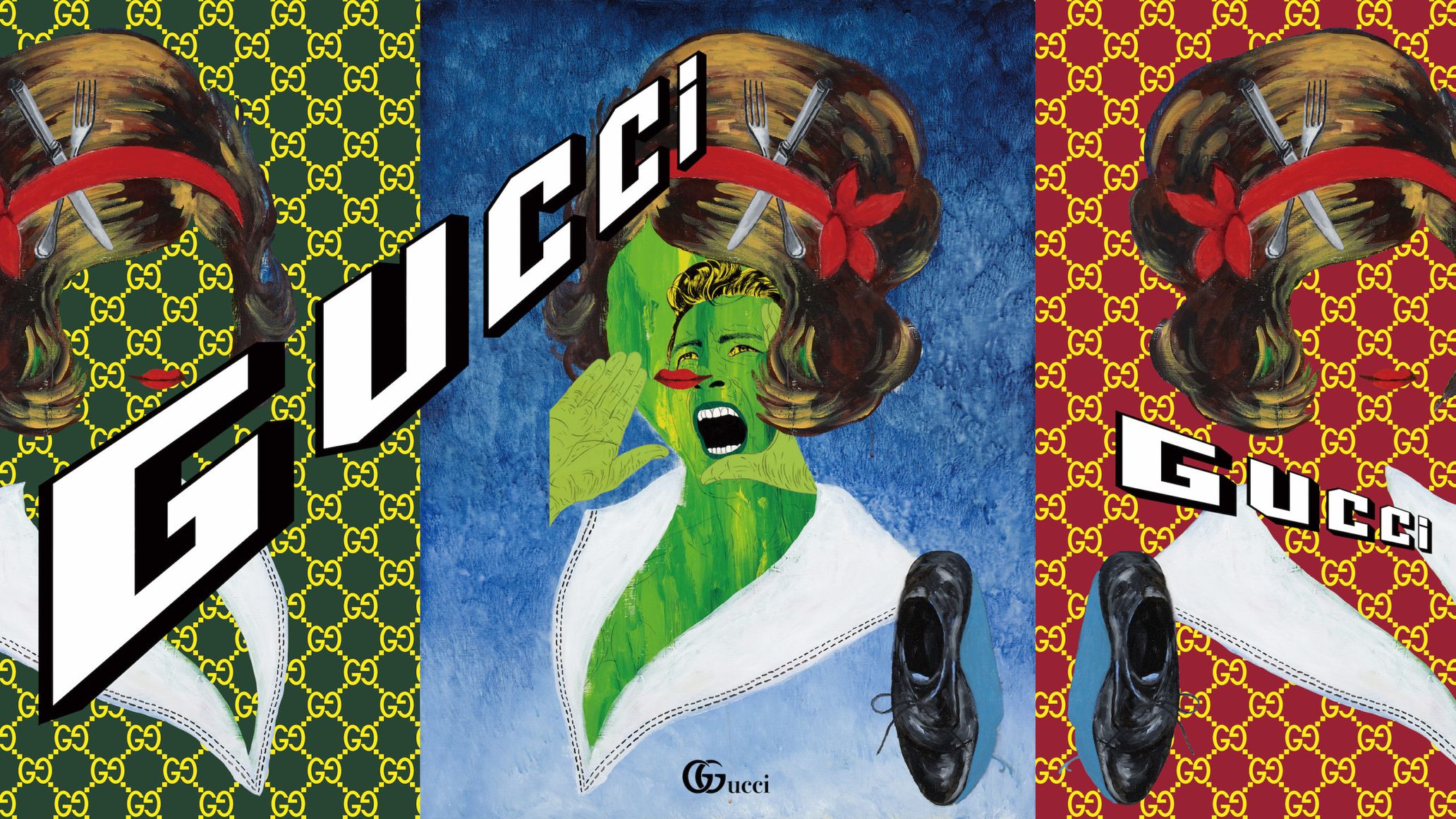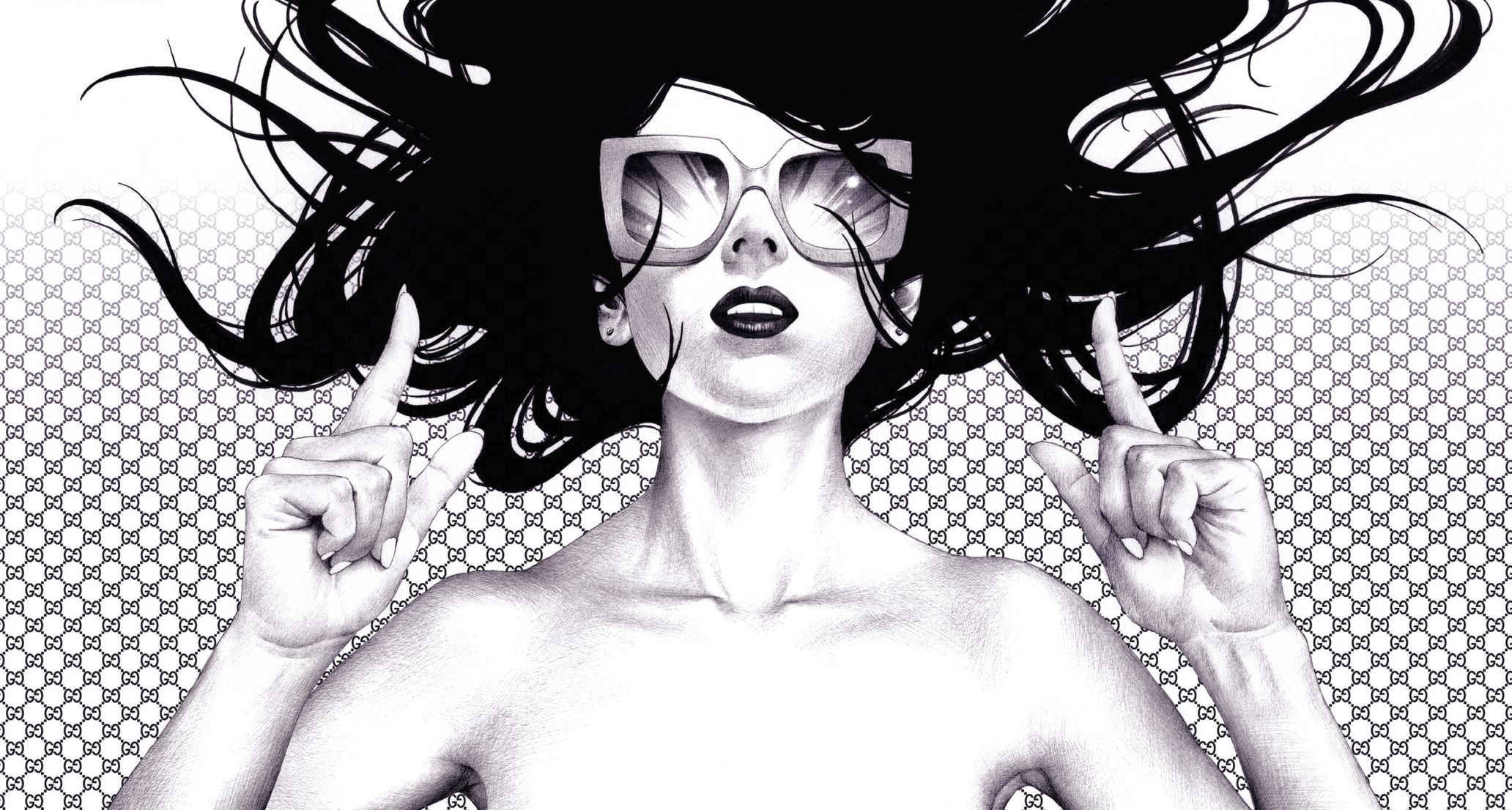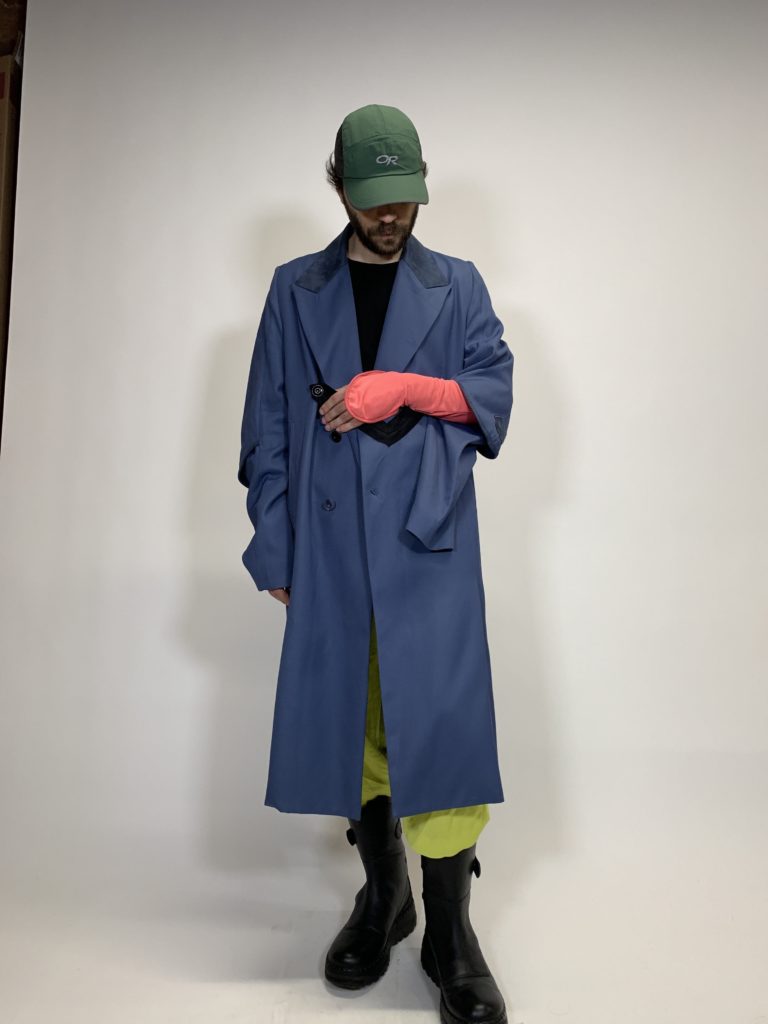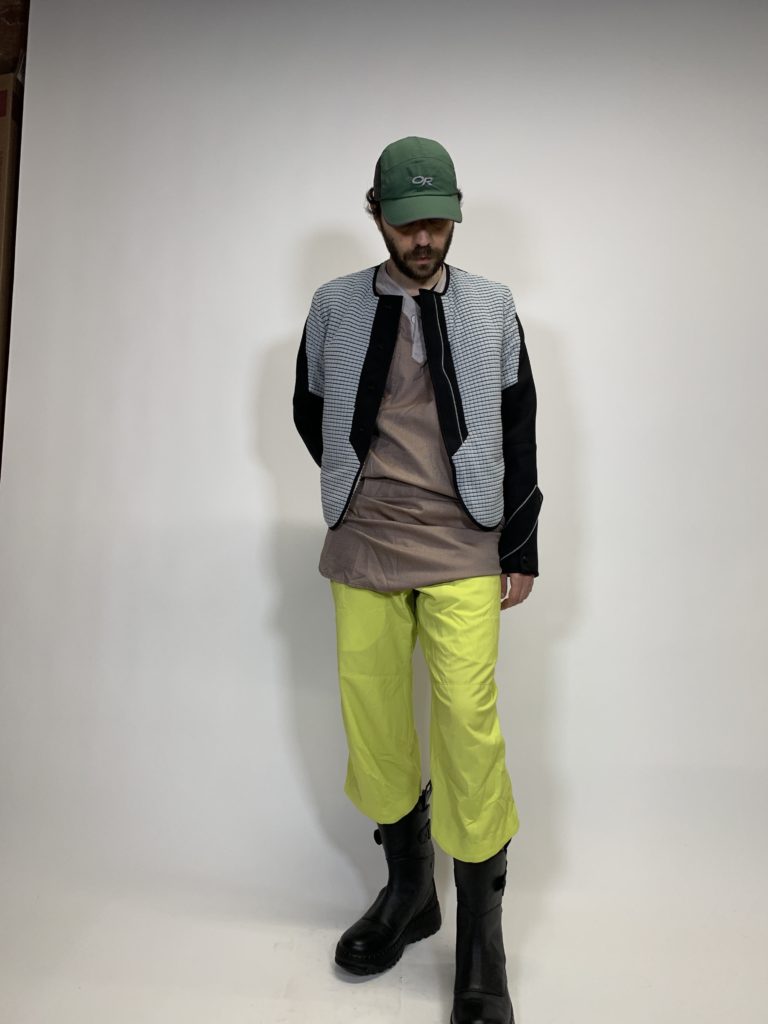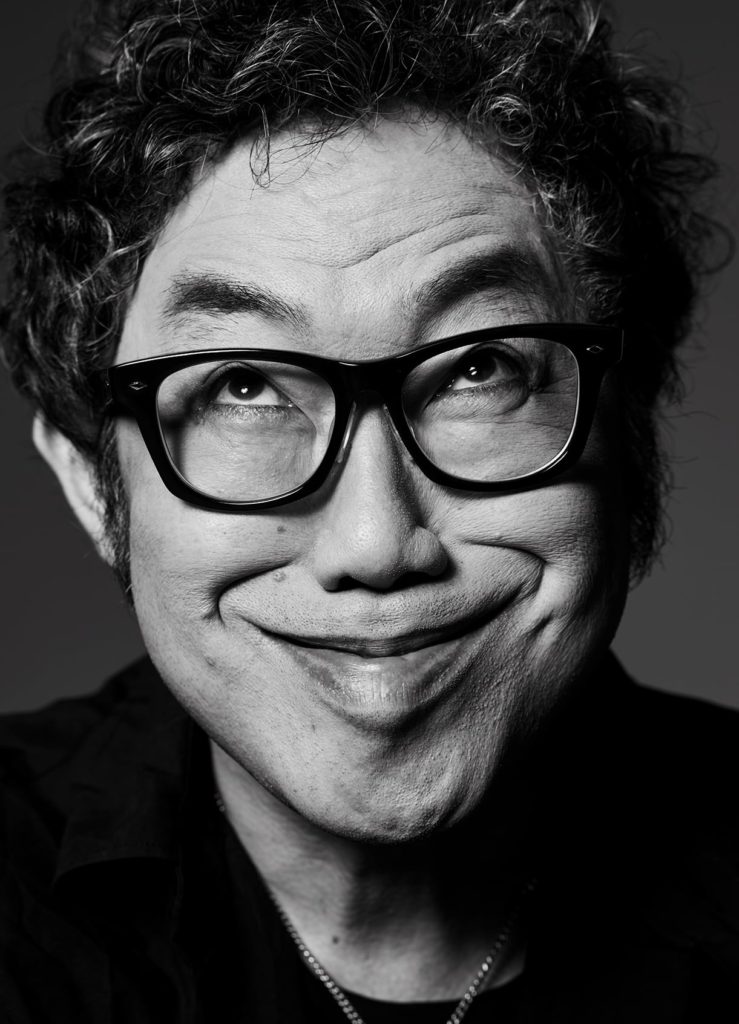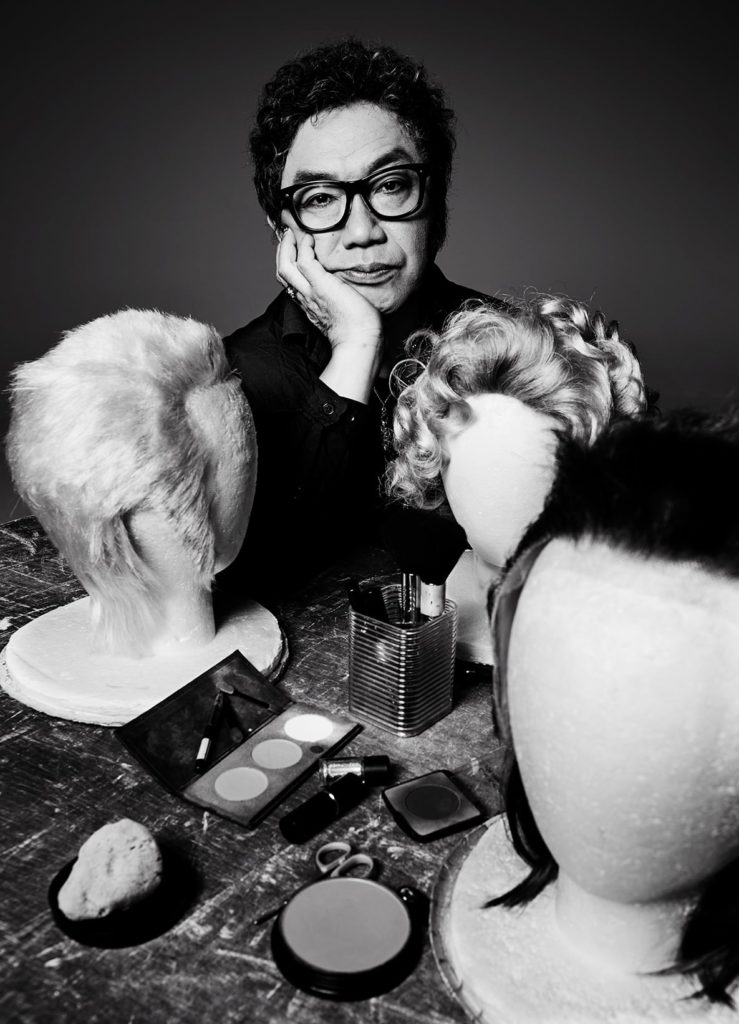The meaning of “OBSERVE” in this special feature refers to objectively viewing the state of things and changes to them with great attention and care. In French this also carries the connotation of correctly ascertaining a subject through one’s wisdom. Intently observing certain tangibles and intangibles offers us the impetus to reconsider our views of the everyday phenomena that we take for granted and to consider new realizations(discoveries). This also has the purpose of leading the reader to a desire to newly take action through structures that furnish them with a blank canvas.
The specs involve six booklets and three tabloids that have been enclosed within original boxes. This is not the ordinary way in which magazines are bound. The reason that these special features have such volume is because it is clear that each of these artists “Observe,” no matter what order they are read in. The participating contributors include the French artist Pierre Soulages, the artist Tadanori Yokoo, the three-piece band Kukangendai,
the comedian Croket, and an artist collective with eight people in it, each of which compiled together their “Observations.”
INSIGHTS / Pierre Soulages
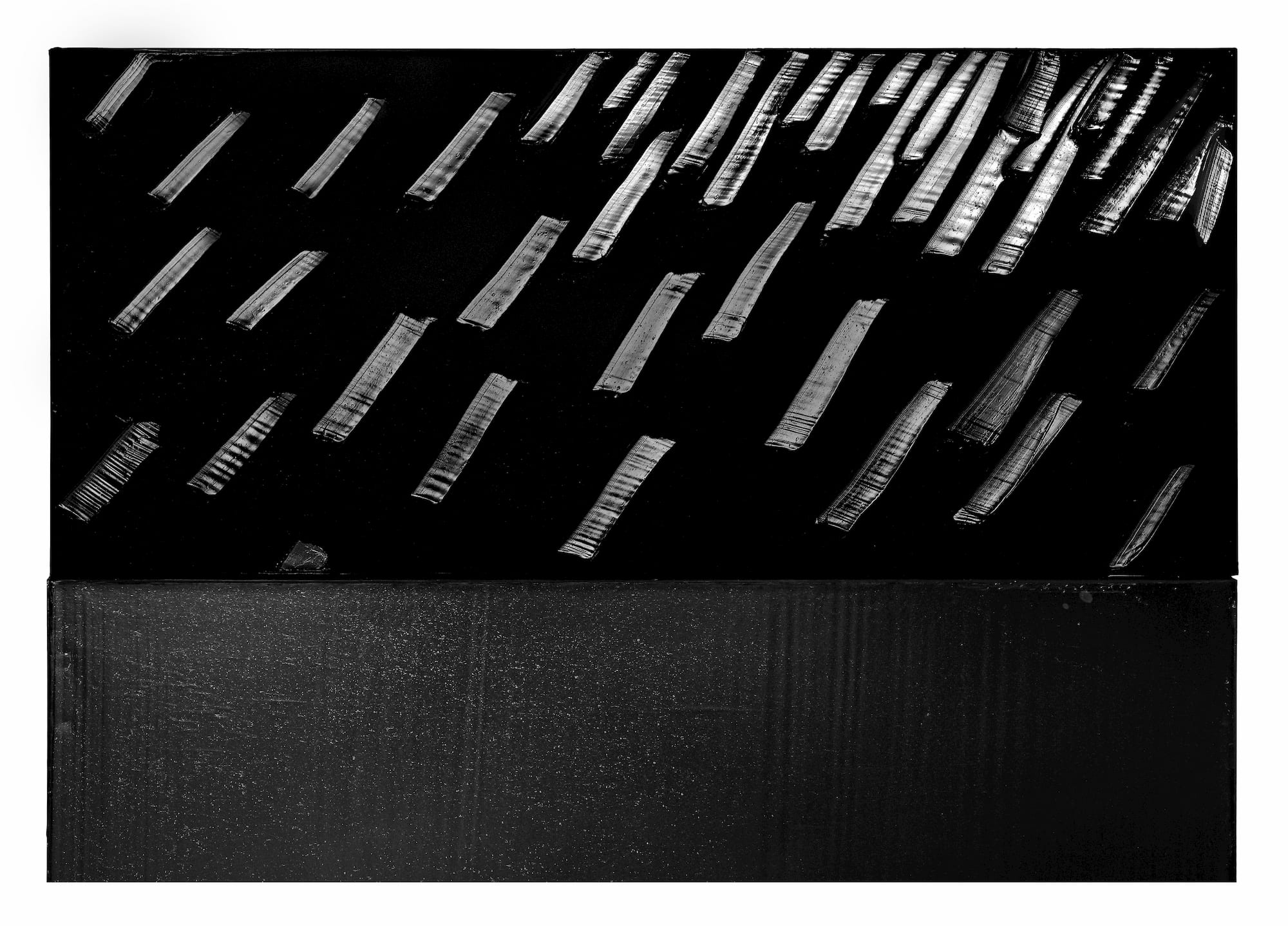
Pierre Soulages / ADAGP, Paris and JASPAR, Tokyo © Photo: Vincent Cunillière / Courtesy of the artist and Perrotin
This is a piece indicative of the pursuit of “black” by Pierre Soulages, a painter representative of France who is more than 100 years old. At first glance it seems that it may be unsuited for social media due to its sober simplicity, yet the emotions that arise when one observes and communicates with the painting are ones that cannot be gained from digital communication. Observers standing in front of Soulages’ work are left only with their own emotions, and are able to spend a pleasant time all on their own.
NO SPECIFIC STYLE / Tadanori Yokoo
TADANORI YOKOO × GUCCI
Even now, at more than 80 years old, Tadanori Yokoo continues to have a considerable impact on creators the world over. He has recently created pieces featuring collages of the GG pattern, an element from the Gucci design, over two of his works in the form of motifs from the HANGA JUNGLE exhibit and his 廣家 / Kohke. How did the artist Tadanori Yokoo observe the Gucci pattern for this piece, or did he not?
WITH ALL YOUR HEART / Shohei Otomo
SHOHEI OTOMO × GUCCI
Shohei Otomo’s pieces are characterized by the fact that drawing them with a ballpoint pen allows him to achieve an unimaginable level of elaborate detail and an overwhelming descriptive power. There is a uniquely “Japanese” quality expressed within the works. How does he go about creating and depicting works evocative of the “Japan” that even the Japanese people are losing sight of amidst advancing globalization? This article will consider Shohei Otomo’s appeal by examining rough sketches from his creative process as well as the finished pieces.
AT HOME WITH / Machizo Hasegawa

AN IN-DEPTH LOOK AT
“STAY HOME MOVIES”
The writer Machizo Hasegawa has selected ten “stay-home movies” and thoroughly observed the characters that appear in them. In this work, through “movies where the characters dispassionately continue to go about their everyday lives at home” (which could be said to be the minority of films), he observed everything from the familiar to the magnificent, and dreamed up this or that for the records surrounding these living men and women. he focused on film criticism sometimes in the guise as a newspaper reporter, and sometimes in the guise of a radio DJ.
SELF OBSERVATION / Kiko Kostadinov
Self-observation is what the designer Kiko Kostadinov places the greatest emphasis on when producing a collection. He will try lots of different clothes on himself to go about giving concrete shape to what he envisions in his head. By wearing men’s and women’s clothing from the past, as well as vintage military-wear and work-wear, he was able to establish an imaginary starting point for creating his new collection.
FRAGMENT / Suminori Awata

LISTEN TO STONES
There are craftsmen who are said to be able to “hear the rocks speak” in Sakamoto, Otsu City, Shiga Prefecture. Here, masonry techniques have been passed down by an oral tradition for more than 400 years by an ishiyuki group known as the “Ano-shu Guild.” Kengo Kuma is an architect who has done onsite reporting with Suminori Awata, a descendant of this Ano-shu Guild who is the 15th generation leader of the guild, and who has worked together with them on the Portland Japanese Garden and the Rolex Building in Dallas. One can observe this “masonry” from an interview with Kuma.
PICTURES / Croket
CROKET IS ART
Ongoing “observation” of people has served as the seed of inspiration for the mimicry of CROKET, who has achieved a unique evolution from his roles as Kenichi Mikawa to Robot Itsuki. This article will introduce his profound eye for observation and mimicry by stitching together a portrait from more than 40 cuts. In addition, it offers a compilation of a discussion on CROKET with Yasumasa Morimaru, an artist who creates portrait pieces in which he disguises himself as various different figures such as van Gogh and Michael Jackson.
BETWEEN SOUND AND MUSIC / Seigen Ono
WHAT WE HEAR, WHAT WE
CAN’T HEAR, AND WHAT WE
ACTUALLY LISTEN TO
The composer Seigen Ono explores the everyday sounds all around us, as well as the boundaries of music. He collected and sampled sounds generated as the Thai food researcher Sato Suzuki cooked green curry in his studio. Together with the musician Shuta Hasunuma, who “observes sound,” he took field recordings on the streets of Shibuya. In a conversation with the music critic Shinya Matsuyama, he listed “30 records + CDs and 30 books for observing sound and music.”
OBSERVATION OF STUMBLING / Kukangendai
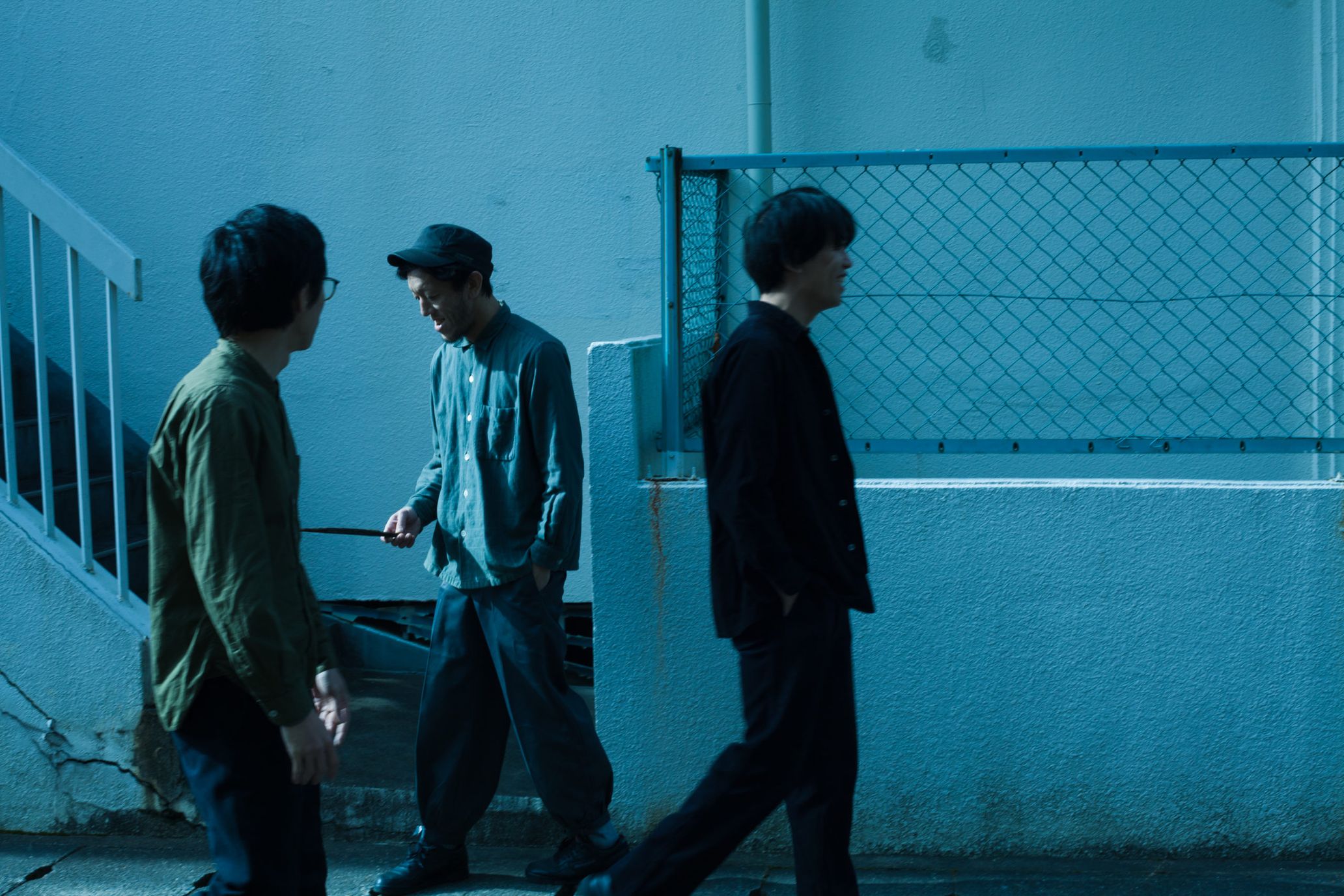
The band Kukangendai chose “observing missteps” as their subject, and had seven artists, photographers, and poets post texts and images by adopting their own respective formats. By observing “missteps,” which are unexpected encounters such as occasions that get shunted off to the side of our consciousness as momentary accidents, schisms, or the extraordinary, we become aware of the existence of things we had previously overlooked found within normalized actions that we had previously taken for granted as commonplace.


